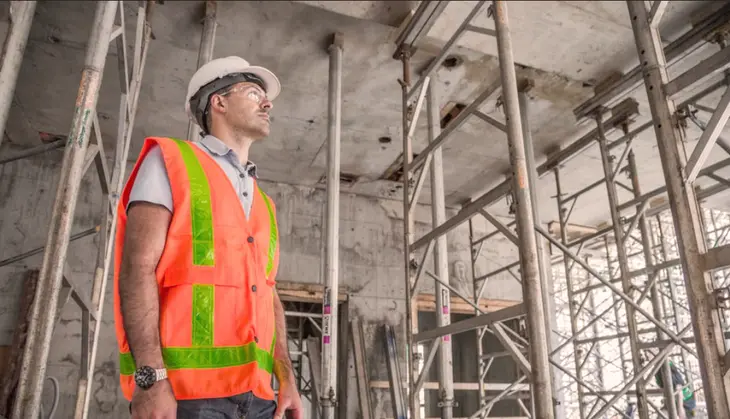
Embracing Timber: The Resurgence of Wood in Modern Construction
- Admin
In recent years, there has been a notable resurgence of interest in timber as a primary construction material, driven by its sustainability, versatility, and aesthetic appeal. In this article, we explore the growing trend of embracing timber in modern construction and its numerous benefits for builders, architects, and the environment.
1. Sustainable Credentials
Timber stands out as one of the most sustainable building materials available, thanks to its renewable nature and low environmental impact. Unlike traditional construction materials like concrete and steel, which require significant energy for extraction and manufacturing, timber sequesters carbon dioxide throughout its lifecycle, making it a carbon-negative material. By opting for timber construction, builders can reduce greenhouse gas emissions, mitigate climate change, and contribute to the preservation of forests worldwide.
2. Structural Strength and Performance
Contrary to common misconceptions, timber boasts impressive structural strength and performance properties, making it suitable for a wide range of construction applications. Engineered timber products such as cross-laminated timber (CLT), glulam beams, and laminated veneer lumber (LVL) offer exceptional load-bearing capabilities, durability, and resilience. With advancements in timber engineering and construction techniques, timber buildings can now rival their concrete and steel counterparts in terms of safety, longevity, and structural integrity.
3. Design Flexibility and Aesthetic Appeal
Timber's versatility and aesthetic appeal make it a favorite among architects and designers seeking to create distinctive, sustainable structures. From sleek and contemporary designs to rustic and traditional aesthetics, timber offers endless design possibilities to suit diverse architectural styles and preferences. Additionally, timber's natural warmth, texture, and beauty add a sense of warmth and comfort to interior spaces, creating inviting environments for occupants to live, work, and play.
4. Rapid Construction and Prefabrication
Timber construction methods, such as off-site prefabrication and modular construction, offer significant time and cost savings compared to traditional building techniques. Prefabricated timber components can be manufactured off-site under controlled conditions, minimizing construction waste, and accelerating project timelines. Additionally, timber's lightweight nature simplifies transportation and installation, allowing for faster assembly and reduced disruption to surrounding communities.
5. Fire Safety and Sustainability
Contrary to common misconceptions, timber construction can be inherently fire-resistant when properly designed and treated. Engineered timber products, such as CLT and mass timber, char slowly in the event of a fire, forming a protective layer that insulates the inner core and maintains structural integrity. Furthermore, timber's renewable nature and ability to store carbon make it a key component of sustainable building practices, supporting the transition towards a greener, more resilient built environment.
Conclusion
As concerns about sustainability, resilience, and carbon emissions continue to shape the construction industry, timber emerges as a compelling solution for builders, architects, and developers worldwide. With its unmatched sustainability credentials, structural performance, design versatility, and rapid construction capabilities, timber is poised to lead the way in shaping the future of modern construction. By embracing timber as a primary construction material, we can create healthier, more sustainable built environments that enrich communities and preserve our planet for future generations.
